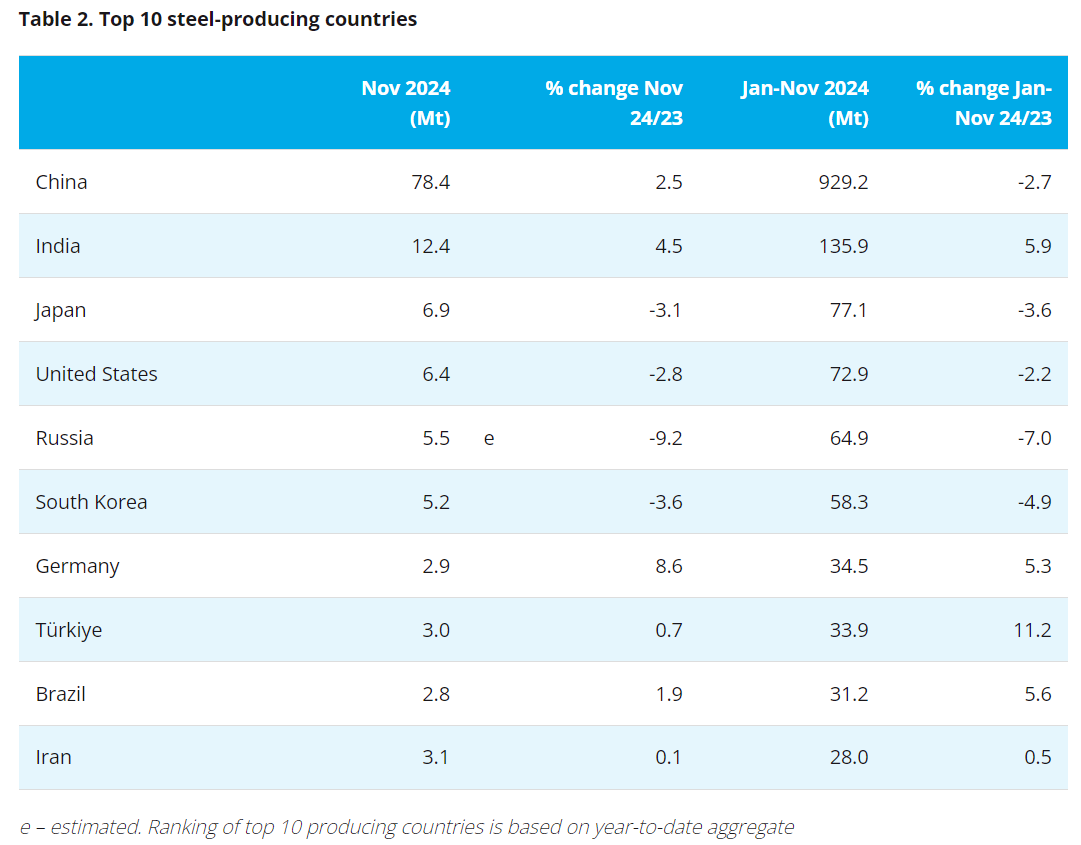The Ontario government on Sunday celebrated the 125th anniversary of establishing the Ontario Geological Survey (OGS), celebrating the agency’s accomplishments that had helped document the geology of the province and provide modern, independent and credible geoscience data and knowledge to the public.
"For 125 years, the OGS has played a vital role in the success and growth of Ontario’s mineral development sector, and there are countless examples of how OGS studies, data and maps have provided guidance leading to major mining investments in our province. This milestone anniversary is about celebrating the OGS’ past success, while looking forward to what the future has in store for this valuable organisation,” Ontario’s Minister of Northern Development and Mines Michael Gravelle stated on Sunday.
Since its establishment, the Ontario Geological Survey had contributed significantly to fostering investment in Ontario, protecting public health and safety, informing environmental and land-use planning decisions. In fact, so successful are the agency’s surveying programmes, that several mining projects currently being moved up the value curve originated from data gathered and disseminated free of charge by the public organisation.
Examples of how the Ontario Geological Survey benefitted the local economy included mapping in the Werner Lake area that led to an C$11-million investment toward cobalt exploration; OGS data was part of early groundwork that attracted claim staking near Fort Frances and led to the discovery of New Gold's Rainy River project (expected to open in 2017); and OGS airborne geophysical survey data published in April 2015 triggered claim staking of a nickel/copper/platinum group metals target in the Thunder Bay area by project generator Transition Metals.
"Our new ‘Saturday Night’ exploration target would not have been identified without the airborne geophysical survey data collected and published by the OGS, and its strong commitment to encouraging exploration for nickel, copper and platinum-group metals in the Thunder Bay area,” Transition’s exploration award-winning president and CEO Scott McLean noted.
Since the first airborne geophysical survey was flown for the OGS in 1975, the agency had made available to the public 2.1-million line kilometres of high-resolution airborne geophysical data. In 2015, it undertook its largest (line kilometre) continuous airborne geophysical survey, logging 179 377 line kilometres of magnetic and spectrometer plotting in the Hearst and Smooth Rock Falls survey.
Since it was established as the Ontario Bureau of Mines on May 4, 1891, the OGS had published nearly 14 000 geoscience products, including some 10 000 geoscience maps. The OGS Geoscience Laboratories were established in 1898, and gold was the first element analysed by the lab. Some 85 830 analyses were performed in the OGS Geoscience Labs in 2014/15 alone.
Among the provincial agency’s accomplishments counted establishing a world-class geochronology facility in Toronto; conducting three-dimensional mapping of groundwater aquifers in southern Ontario; producing mapping and till sampling data that led to the discovery of gold deposits near Fort Frances; preparing National Aeronautics and Space Administration astronauts for a lunar mission; and providing geoscience training to thousands of university students.
- [Editor:Juan]



 Save
Save Print
Print Daily News
Daily News Research
Research Magazine
Magazine Company Database
Company Database Customized Database
Customized Database Conferences
Conferences Advertisement
Advertisement Trade
Trade














 Online inquiry
Online inquiry Contact
Contact

Tell Us What You Think